Eu Já Falei Muitas Vezes Para Vocês Que Os Buracos Negros Podem Ser Classificados Em 3 Categorias:
Eu já falei muitas vezes para vocês que os buracos negros podem ser classificados em 3 categorias: os buracos negros supermassivos encontrados no centro de galáxias, os buracos negros de massa estelar e os buracos negros intermediários.
Esses últimos ainda não tiveram sua existência confirmada, mas os astrônomos acreditam que eles devem sim existir.
Esse tipo de buraco negro teria uma massa entre 100 e 10 mil vezes a massa do Sol e a importância além de serem o ele perdido entre os buracos negros estelares e os supermassivos, eles poderiam ser as sementes que dão origem aos buracos negros supermassivos.
Um grupo de astrônomos anunciou na última edição da revista Nature evidências para a existência de um buraco negro de massa intermediária no interior do aglomerado globular 47 Tucanae.
Esse aglomerado tem 12 bilhões de anos de vida e está localizado a cerca de 13 mil anos-luz de distância da Terra, na constelação de Tucano.
Ele contém milhares de estrelas, condensadas numa bola com 120 anos-luz de diâmetro. Além disso ele possui duas dezenas de pulsares que são importantes para essas evidências.
Esse aglomerado já foi examinado na busca por buraco negro, mas o resultado não foi o desejado, porque não no raio-X só é possível identificar os buracos negros supermassivos se alimentando ferozmente. O que não é o caso no interior desse aglomerado.
Mesmo em buracos negros mais calmos como o da nossa galáxia, inferir a sua presença não é algo complicado pois as estrela na sua volta começam a se movimentar a altas velocidades, algo também que não foi identificado no 47 Tucanae.
No caso de um aglomerado globular, uma evidência para a presença de um buraco negro é o movimento geral das estrelas, o buraco negro funciona como uma colher, recolhendo estrelas e atirando-as a altas velocidades e a grande distâncias, isso gera um sinal que é detectado pelos astrônomos.
Outra evidência são os pulsares, que emitem sinais de rádio facilmente detectados, com a presença do buraco negro de massa intermediária os pulsares são detectados a distâncias maiores do centro do que se o buraco negro não existisse.
combinando essas evidências e usando modelos computacionais, os astrônomos concluíram a presença de um buraco negro com massa equivalente a 2200 vezes a massa do Sol no 47 Tucanae.
Essa descoberta é importante, pois a técnica de detecção e a metodologia usada no processamento dos dados podem ser aplicadas a outras aglomerados globulares na busca por mais buracos negros de massa intermediária, e assim vamos também traçando a linha evolutiva desses que são um dos objetos mais intrigantes do universo.
(via https://www.youtube.com/watch?v=0WCJy3bBKfY)
More Posts from Carlosalberthreis and Others

É hoje pessoal! 🤩
🔭 Logo mais às 4:30 da manhã vai ocorrer a "super" conjunção entre todos os planetas do sistema solar.
✨ Dos planetas visíveis a olho nu em ordem ascendente, são: Mercúrio, Vênus, Marte, Júpiter e Saturno.
✨ Dos planetas que não estão visíveis, mas que estão acompanhando, são: Urano e Netuno.
📷 Créditos da Imagem: https://m.facebook.com/story.php?story_fbid=pfbid09eF4zUQy47zDfGrguVwDEny8vut32ZphgyifThgejTEoujRK7G8iwNHoMQxh1LKbl&id=213098328862069

Asas da Nuvem
No dia 2 de julho de 2018, logo pela manhã, próximo às 10 horas, quando eu fui observar o movimento no centro da cidade, percebi nesse instante um fato curioso que ocorreu no céu.
Logo de imediato, imaginei as possíveis formas que a nuvem poderia assumir, uma delas sendo um anjo e outra sendo uma borboleta. Após refletir nas possíveis formas, lembrei de um conceito que relaciona esses fatos que ocorrem no cotidiano, que é chamado de PAREIDOLIA.
A pareidolia é um fenômeno neuropsicológico que faz reconhecer um objeto familiar em um estímulo aleatório. [...]
O especialista em neuropsicologia Fabrizio Veloso, profissional associado à Sociedade Brasileira de Psicologia (SBP), afirma que: “Essa tendência de encontrar padrões com significado em imagens ou sons aleatórios está relacionada com a capacidade que o nosso cérebro possui de transformar nossas percepções em algo familiar, ou seja, relaciona-se à forma como construímos o mundo ao nosso redor”.
Assim, estímulos visuais – ou sonoros – aleatórios tendem a ser traduzidos, reconhecidos e associados por nossos cérebros a objetos e estímulos familiares. E nada mais familiar para humanos desde a infância do que outros rostos humanos, daí a frequência da identificação de faces onde elas não existem objetivamente. [...]
Se isso acontece com você, fique tranquilo. É absolutamente normal, garante a ciência.
Data de registro: 2 de julho de 2018 às 09:43
Créditos do texto: Sociedade Brasileira de Psicologia (SBP). Disponível em:

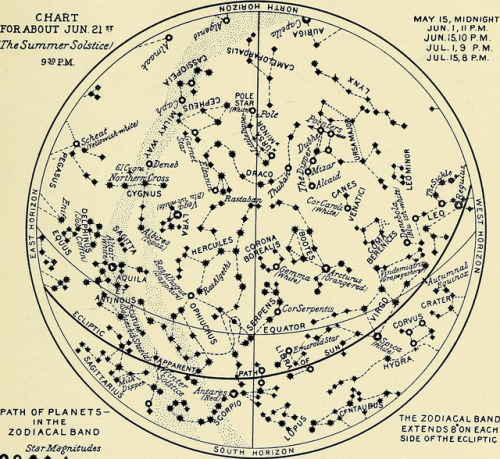
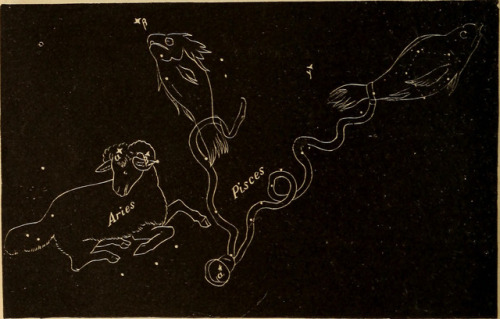
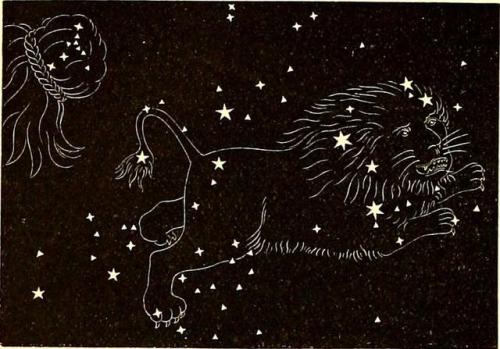
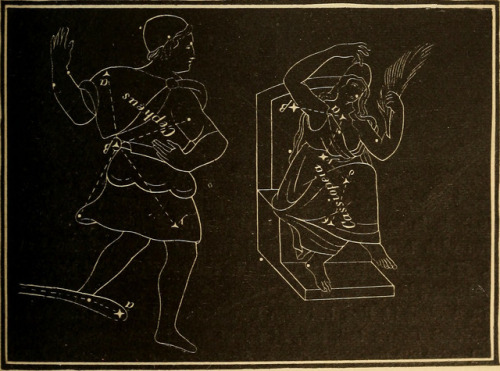
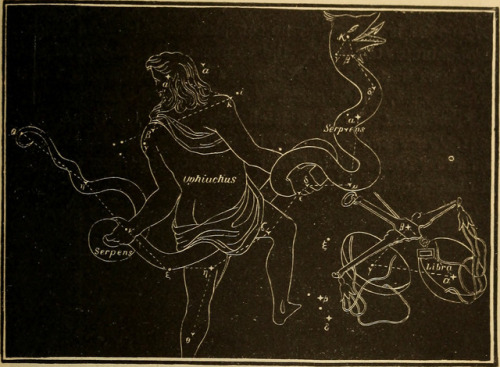
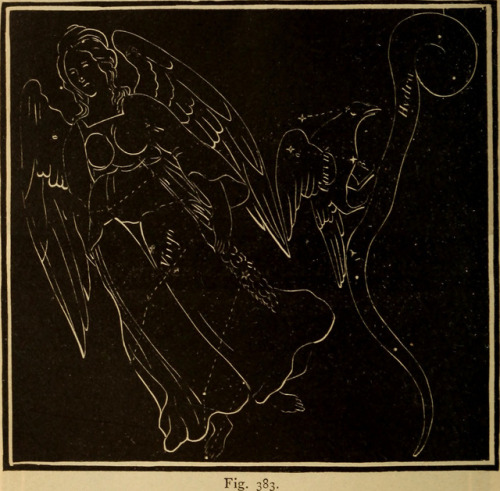
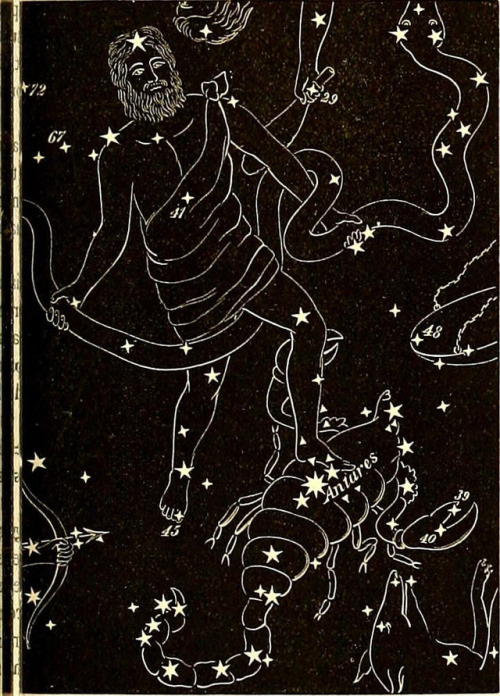
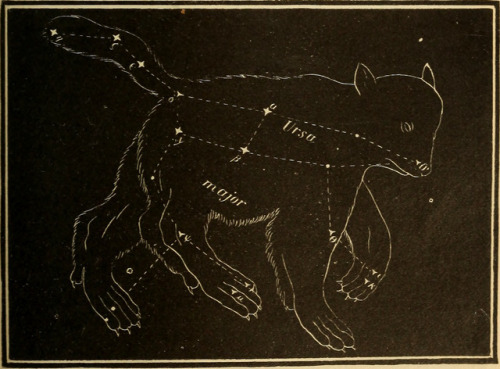
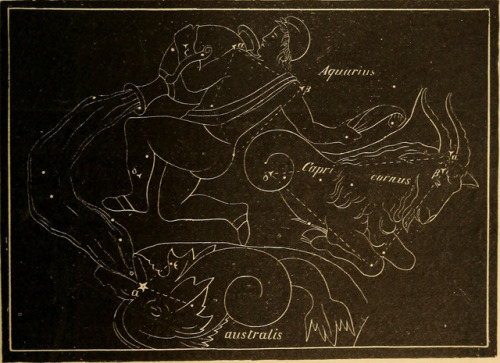
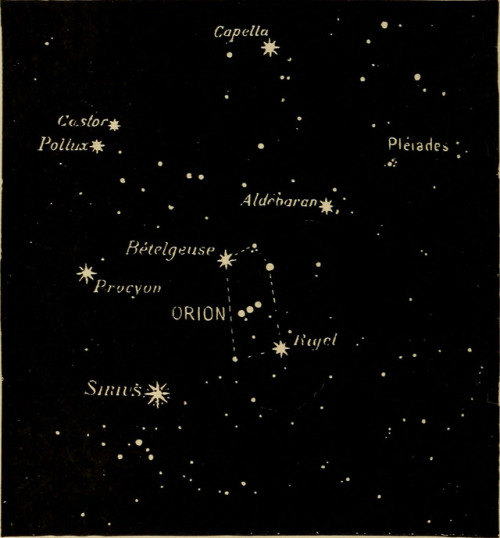
Constellations
A constellation is a group of stars that are considered to form imaginary outlines or meaningful patterns on the celestial sphere, typically representing animals, mythological people or gods, mythological creatures, or manufactured devices. The 88 modern constellations are formally defined regions of the sky together covering the entire celestial sphere.
Origins for the earliest constellations likely goes back to prehistory, whose now unknown creators collectively used them to related important stories of either their beliefs, experiences, creation or mythology. As such, different cultures and countries often adopted their own set of constellations outlines, some that persisted into the early 20th Century. Adoption of numerous constellations have significantly changed throughout the centuries. Many have varied in size or shape, while some became popular then dropped into obscurity. Others were traditionally used only by various cultures or single nations.
The Western-traditional constellations are the forty-eight Greek classical patterns, as stated in both Aratus’s work Phenomena or Ptolemy’s Almagest — though their existence probably predates these constellation names by several centuries. Newer constellations in the far southern sky were added much later during the 15th to mid-18th century, when European explorers began travelling to the southern hemisphere. Twelve important constellations are assigned to the zodiac, where the Sun, Moon, and planets all follow the ecliptic. The origins of the zodiac probably date back into prehistory, whose astrological divisions became prominent around 400BCE within Babylonian or Chaldean astronomy.
In 1928, the International Astronomical Union (IAU) ratified and recognized 88 modern constellations, with contiguous boundaries defined by right ascension and declination. Therefore, any given point in a celestial coordinate system lies in one of the modern constellations. Some astronomical naming systems give the constellation where a given celestial object is found along with a designation in order to convey an approximate idea of its location in the sky. e.g. The Flamsteed designation for bright stars consists of a number and the genitive form of the constellation name.
source
images

De acordo com os astrobiólogos Charley Lineweaver e Aditya Chorpa, a vida em outros planetas provavelmente tem sido breve e tornou-se extinta rapidamente.
“O universo é provavelmente preenchido com planetas habitáveis, e muitos cientistas acreditam que esses planetas são habitados por alienígenas. O início da vida é algo frágil, por isso, nós acreditamos que ela raramente se desenvolve rápida o suficiente para sobreviver”, disse o Dr. Chopra, que é o primeiro autor de um artigo publicado na revista Astrobiology.
“A maioria dos ambientes planetários iniciais são instáveis. Para se produzir um planeta habitável, a forma de vida precisa regular os gases de efeito estuda, bem como a água e o dióxido de carbono para manter a temperatura da superfície estável”. A cerca de 4 bilhões de anos atrás, a Terra e os outros planetas terrestres no nosso Sistema Solar podiam ter sido todos habitáveis.
Contudo, um bilhão de anos depois da formação, Vênus se tornou um lugar muito quente, e Marte um lugar muito frio. Uma vida microbiana inicial nesses dois planetas, se é que ela existiu, falhou em se estabilizar rapidamente mudando o ambiente, de acordo com o Professor Lineweaver. “A vida na Terra provavelmente teve um papel importante em estabilizar o clima do planeta”.
O Dr. Chopra disse que a teoria resolve um problema antigo. O mistério de por que nós não encontramos sinais de vida de alienígenas, pode ter menos a ver com probabilidade da origem da vida ou da inteligência e mais a ver com a raridade da rápid emergência da regulação biológica dos ciclos de realimentação nas superfícies planetárias”.
Em planetas terrestres úmidos, com ingredientes e fontes de energia necessárias para a vida, ela parece ser onipresente, contudo, como o físico Enrico Fermi apontou em 1950, nenhum sinal de vida extraterrestre foi ainda encontrado.
Uma solução plausível para o paradoxo de Fermi é a extinção quase que universal acontecida no começo, algo que os cientistas têm chamado de Gargalo Gaiano.
“Os pré-requisitos e ingredientes para a vida parecem ser abundantes no universo. Contudo, o universo não parece ter tanta vida assim. A explicação mais comum para isso é a baixa probabilidade para a emergência da vida (um gargalo emergencial), notoriamente devido à intrigada receita molecular necessária”, disse o astrofísico.
“Nós apresentamos uma explicação alternativa para o Gargalo Gaiano: se a vida emerge em um planeta, ela somente se desenvolve raramente rápida o suficiente para regular os gases de efeito estufa e o albedo, se ela manter as temperaturas na superfície compatíveis com a água líquida e com a habitabilidade”.
“Esse Gargalo Gaiano sugere que (i) a extinção é um padrão cósmico para a maior parte da vida que emergiu na superfície de planetas rochosos úmidos no universo e (ii) os planetas rochosos precisam ser habitados para permanecerem habitáveis”.
Fonte:
http://www.sci-news.com/astronomy/extraterrestrials-may-all-be-extinct-03583.html

Após retornar a Parintins, olha quem eu encontrei na Catedral.
Ela mesmo! A Miss Parintins Beatriz Prestes! 👑
Parabéns pela conquista. A cidade está muito bem representada! 🙌🎉
Arte Da Natureza

📅 Data de registro: 5 de agosto de 2024 às 18:26
Infrared is Beautiful
Why was James Webb Space Telescope designed to observe infrared light? How can its images hope to compare to those taken by the (primarily) visible-light Hubble Space Telescope? The short answer is that Webb will absolutely capture beautiful images of the universe, even if it won’t see exactly what Hubble sees. (Spoiler: It will see a lot of things even better.)

The James Webb Space Telescope, or Webb, is our upcoming infrared space observatory, which will launch in 2019. It will spy the first luminous objects that formed in the universe and shed light on how galaxies evolve, how stars and planetary systems are born, and how life could form on other planets.
What is infrared light?
This may surprise you, but your remote control uses light waves just beyond the visible spectrum of light—infrared light waves—to change channels on your TV.
Infrared light shows us how hot things are. It can also show us how cold things are. But it all has to do with heat. Since the primary source of infrared radiation is heat or thermal radiation, any object that has a temperature radiates in the infrared. Even objects that we think of as being very cold, such as an ice cube, emit infrared.
There are legitimate scientific reasons for Webb to be an infrared telescope. There are things we want to know more about, and we need an infrared telescope to learn about them. Things like: stars and planets being born inside clouds of dust and gas; the very first stars and galaxies, which are so far away the light they emit has been stretched into the infrared; and the chemical fingerprints of elements and molecules in the atmospheres of exoplanets, some of which are only seen in the infrared.
In a star-forming region of space called the ‘Pillars of Creation,’ this is what we see with visible light:

And this is what we see with infrared light:

Infrared light can pierce through obscuring dust and gas and unveil a more unfamiliar view.
Webb will see some visible light: red and orange. But the truth is that even though Webb sees mostly infrared light, it will still take beautiful images. The beauty and quality of an astronomical image depends on two things: the sharpness of the image and the number of pixels in the camera. On both of these counts, Webb is very similar to, and in many ways better than, Hubble. Webb will take much sharper images than Hubble at infrared wavelengths, and Hubble has comparable resolution at the visible wavelengths that Webb can see.

Webb’s infrared data can be translated by computer into something our eyes can appreciate – in fact, this is what we do with Hubble data. The gorgeous images we see from Hubble don’t pop out of the telescope looking fully formed. To maximize the resolution of the images, Hubble takes multiple exposures through different color filters on its cameras.
The separate exposures, which look black and white, are assembled into a true color picture via image processing. Full color is important to image analysis of celestial objects. It can be used to highlight the glow of various elements in a nebula, or different stellar populations in a galaxy. It can also highlight interesting features of the object that might be overlooked in a black and white exposure, and so the images not only look beautiful but also contain a lot of useful scientific information about the structure, temperatures, and chemical makeup of a celestial object.
This image shows the sequences in the production of a Hubble image of nebula Messier 17:

Here’s another compelling argument for having telescopes that view the universe outside the spectrum of visible light – not everything in the universe emits visible light. There are many phenomena which can only be seen at certain wavelengths of light, for example, in the X-ray part of the spectrum, or in the ultraviolet. When we combine images taken at different wavelengths of light, we can get a better understanding of an object, because each wavelength can show us a different feature or facet of it.
Just like infrared data can be made into something meaningful to human eyes, so can each of the other wavelengths of light, even X-rays and gamma-rays.
Below is an image of the M82 galaxy created using X-ray data from the Chandra X-ray Observatory, infrared data from the Spitzer Space Telescope, and visible light data from Hubble. Also note how aesthetically pleasing the image is despite it not being just optical light:

Though Hubble sees primarily visible light, it can see some infrared. And despite not being optimized for it, and being much less powerful than Webb, it still produced this stunning image of the Horsehead Nebula.

It’s a big universe out there – more than our eyes can see. But with all the telescopes now at our disposal (as well as the new ones that will be coming online in the future), we are slowly building a more accurate picture. And it’s definitely a beautiful one. Just take a look…
…At this Spitzer infrared image of a shock wave in dust around the star Zeta Ophiuchi.

…this Spitzer image of the Helix Nebula, created using infrared data from the telescope and ultraviolet data from the Galaxy Evolution Explorer.

…this image of the “wing” of the Small Magellanic Cloud, created with infrared data from Spitzer and X-ray data from Chandra.

…the below image of the Milky Way’s galactic center, taken with our flying SOFIA telescope. It flies at more than 40,000 feet, putting it above 99% of the water vapor in Earth’s atmosphere– critical for observing infrared because water vapor blocks infrared light from reaching the ground. This infrared view reveals the ring of gas and dust around a supermassive black hole that can’t be seen with visible light.

…and this Hubble image of the Mystic Mountains in the Carina Nebula.

Learn more about the James Webb Space Telescope HERE, or follow the mission on Facebook, Twitter and Instagram.
Image Credits Eagle Nebula: NASA, ESA/Hubble and the Hubble Heritage Team Hubble Image Processing - Messier 17: NASA/STScI Galaxy M82 Composite Image: NASA, CXC, JHU, D.Strickland, JPL-Caltech, C. Engelbracht (University of Arizona), ESA, and The Hubble Heritage Team (STScI/AURA) Horsehead Nebula: NASA, ESA, and The Hubble Heritage Team (STScI/AURA) Zeta Ophiuchi: NASA/JPL-Caltech Helix Nebula: NASA/JPL-Caltech Wing of the Small Magellanic Cloud X-ray: NASA/CXC/Univ.Potsdam/L.Oskinova et al; Optical: NASA/STScI; Infrared: NASA/JPL-Caltech Milky Way Circumnuclear Ring: NASA/DLR/USRA/DSI/FORCAST Team/ Lau et al. 2013 Mystic Mountains in the Carina Nebula: NASA/ESA/M. Livio & Hubble 20th Anniversary Team (STScI)
Make sure to follow us on Tumblr for your regular dose of space: http://nasa.tumblr.com.
What is it Like to Visit Jupiter?
Jupiter is the largest planet in our solar system. For some perspective, if it were hollow, more than 1,300 Earths could fit inside of it! The giant planet contains two-thirds of all the planetary mass in the solar system and holds more than dozens of moons in its gravitational grip. But what about a visit to this giant planet?

Let’s be honest…Jupiter is not a nice place to visit. It’s a giant ball of gas and there’s nowhere to land. Any spacecraft – or person – passing through the colorful clouds gets crushed and melted. On Jupiter, the pressure is so strong it squishes gas into liquid. Its atmosphere can crush a metal spaceship like a paper cup.

Jupiter’s stripes and swirls are cold, windy clouds of ammonia and water. Jupiter’s Great Red Spot is a giant storm BIGGER THAN EARTH! This storm has lasted hundreds of years.

Since Jupiter’s atmosphere is made up of mostly hydrogen and helium, it’s poisonous. There’s also dangerous radiation, more than 1,000 times the lethal level for a human.
Scientists think that Jupiter’s core may be a thick, super hot soup…up to 50,000 degrees! Woah!
The Moons

Did you know that Jupiter has its own “mini solar system” of 50 moons? Scientists are most interested in the Galilean satellites – which are the four largest moons discovered by Galileo Galilei in 1610.
Today, Galileo would be astounded to know some of the facts about these moons. The moon Io has active volcanos. Ganymede has its own magnetic field while Europa has a frozen crust with liquid-water underneath making it a tempting place to explore for future missions.

When Juno arrives to Jupiter on July 4, it will bring with it a slew of instruments such as infrared imager/spectrometer and vector magnetometer among the half a dozen other scientific tools in its payload.
Juno will avoid Jupiter’s highest radiation regions by approaching over the north, dropping to an altitude below the planet’s radiation belts – which are analogous to Earth’s Van Allen belts, but far more deadly – and then exiting over the south. To protect sensitive spacecraft electronics, Juno will carry the first radiation shielded electronics vault, a critical feature for enabling sustained exploration in such a heavy radiation environment.
Follow our Juno mission on the web, Facebook, Twitter, YouTube and Tumblr.
Make sure to follow us on Tumblr for your regular dose of space: http://nasa.tumblr.com
Estudos!
Exercitando Física Matemática!!
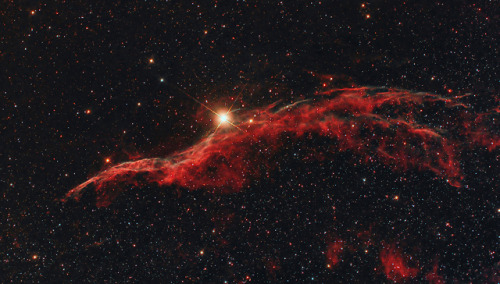
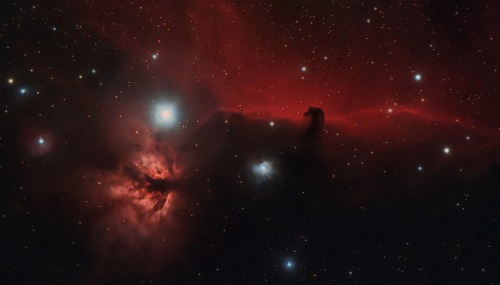
NGC 6960 (Western Veil nebula) & Horsehead Nebula and the Flame Nebula
by David Wills
-
 carlosalberthreis reblogged this · 8 years ago
carlosalberthreis reblogged this · 8 years ago -
 carlosalberthreis liked this · 8 years ago
carlosalberthreis liked this · 8 years ago -
 astroimages reblogged this · 8 years ago
astroimages reblogged this · 8 years ago
